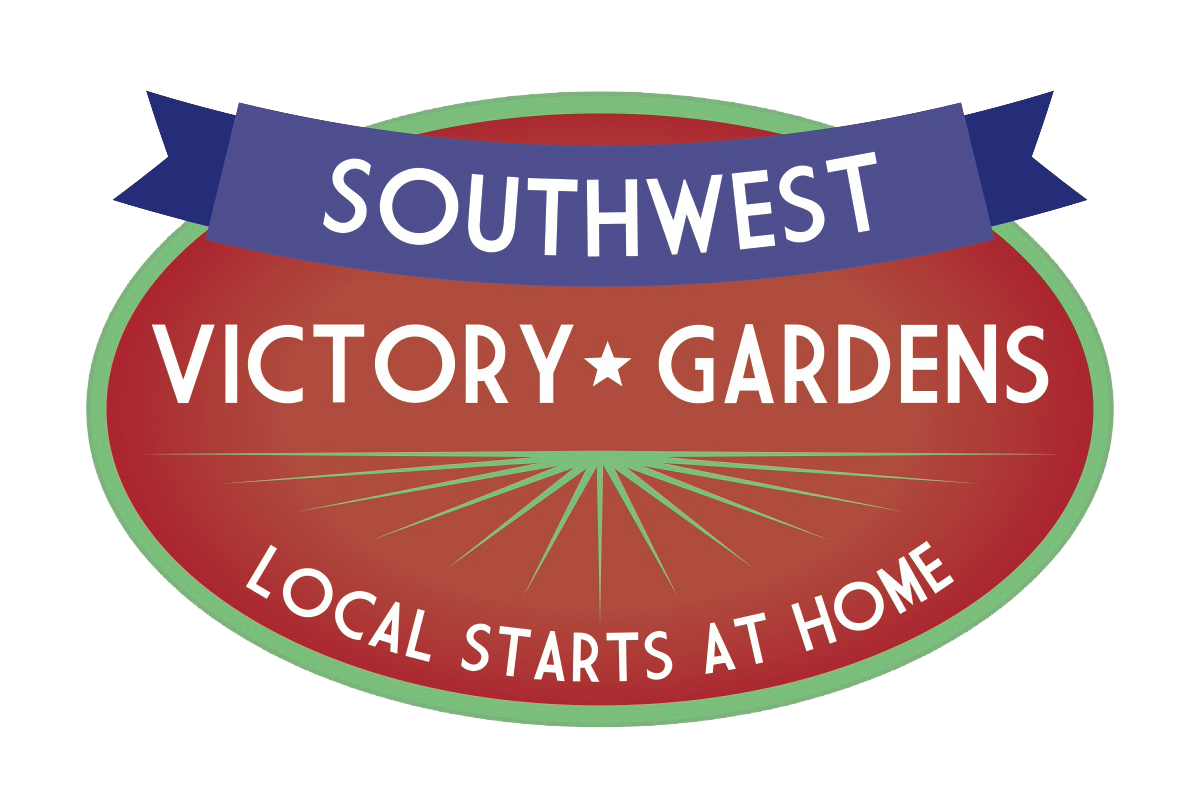August is a particularly grueling month to be a gardener in Tucson. The challenges this time of year range from ecological to environmental and even psychological. If you’re like me, you’re dying to get some of those cool season veggie seeds in the ground. Perhaps the theory being that if we plant some cool weather crops, some cool weather may come along with them. HA! This is your mind playing tricks on you. As the monsoon fades into fall, temperatures will warm up one last time just to remind us where we come from. Remember though, winter is short, so if you want some of the longer growing cool season crops, sometimes you have no choice but to sow seeds during inhospitable weather.
If you do have the space, now would be an excellent time to try some late plantings of a few warm season crops. Those with the shortest maturity dates will fair the best as days shorten and nights get cooler. Our fall temperatures are comparable to summer temps in other parts of the country, so as long as your crops are getting enough sunlight they should do very well planted this time of year. Try the very quick to mature “Early Prolific Striaghtneck” for summer squash. Also good to plant this time of year would be “Burpee Stringless” bush bean and “Bisbee Black” cowpea. Sunflowers, nasturtium, and buckwheat can be interplanted to attract pollinators for your squash.
If you’re space is limited, or perhaps you have had all of the baba ganoush and pesto you can stomach for one summer, the last two weeks of august should be spent planning ahead for September planting and sowing seeds of those cool season crops that require a longer growing season to reach full maturity or those that don’t mind the warmer temperatures.
Recommended Crops for Late Summer/Early Fall Planting:
Some great options for planting the last week of August include:
Broccoli: Broccoli is a cool season crop that takes around 80 days to mature from seed. Try planting a mix of varieties with different maturity dates in two week intervals, this way you can spread your harvest out over the season. Cut back the main flower head while the florets are still tight, continue to harvest side shoots and immature leaves even after the main flower has been harvested.
Recommended varieties: “Waltham 29“, “Early Purple Sprouting”
Brussels Sprouts: Brussels sprouts are notoriously hit or miss in our climate. Planting your seeds early and in a very nutrient dense soil is the best way to guarantee you’ll have a harvest come winter. Brussels sprouts require a lot of space and they are very slow to mature. You can take advantage of their slow growth by planting some quick maturing crops such as radish in the area around the sprouts. By the time the radish matures the Brussels sprouts will just be getting started. You may even be able to sow and harvest a second crop of radishes in the same space if you are lucky.
Recommended varieties: “Jade Cross“, “Long Island Improved", "Rubine"
Cabbage: Head cabbages grow very well in our cool season, they mature quicker than broccoli or Brussels sprouts, but take a little longer than lettuce and other leafy greens. Like most other crops we plant in Tucson, the cabbages that do the best are those that are small in size and have a short growing season.
Recommended Varieties: “Copenhagen Market“, “Early Jersey Wakefield“, “Green Acre“, “Red Acre“.
Collard Greens: Collard greens don’t really require a long growing season, young leaves can be harvested in about 45 days, however you can get away with planting some now due to the fact that they actually don’t mind the heat as much as some of their relatives. Harvest the leaves while they are still young and tender for the best flavor.
Recommended Varieties: “Champion“, “Georgia Southern“.
Lettuce: It used to be that lettuce was one of those crops that would preform better if plantings were delayed until September, however a new heirloom variety of lettuce has been developed that handles warmer temperatures better and is slower to bolt than many other varieties that you may be familiar with. “Jericho” romaine lettuce was developed in the deserts of Israel and has been bred to be more heat and drought tolerant than other lettuce varieties. If you are trying to get a head start (get it) on your fall planting, this is a great variety to try right now.
Onion: Usually this time of year i’ll start to see some of my “I’itois” onions begin to sprout. Those that are sprouting get put in the garden, the rest are planted in September and October for a late spring harvest. For more on planting onions, please see our blog post that details the correct times for planting onions of all types.
Swiss Chard: Swiss chard is one of my favorite crops to grow in Tucson. Along with radish, it’s probably the single easiest crop to grow in our vegetable gardens. It thrives in pretty much all weather conditions and it doesn’t loose it’s flavor in the heat the way some greens do. In addition, it’s probably the prettiest plant we grow in the winter months. When the rest of the garden is mostly a sea of leafy greens, swiss chard stands out with it’s bright red, pink, and yellow hues. Definitely a must try for the first time gardener.
Recommended Varieties: “Bright Lights“, “Rainbow“, “Ruby Red“.
Seeds for most of the varieties discussed above can be purchased from Native Seeds/SEARCH. Please visit their retail location:
3061 N. Campbell Ave.
Tucson, AZ
(866) 622-5561
Please feel free to comment. Happy Gardening Everybody!
